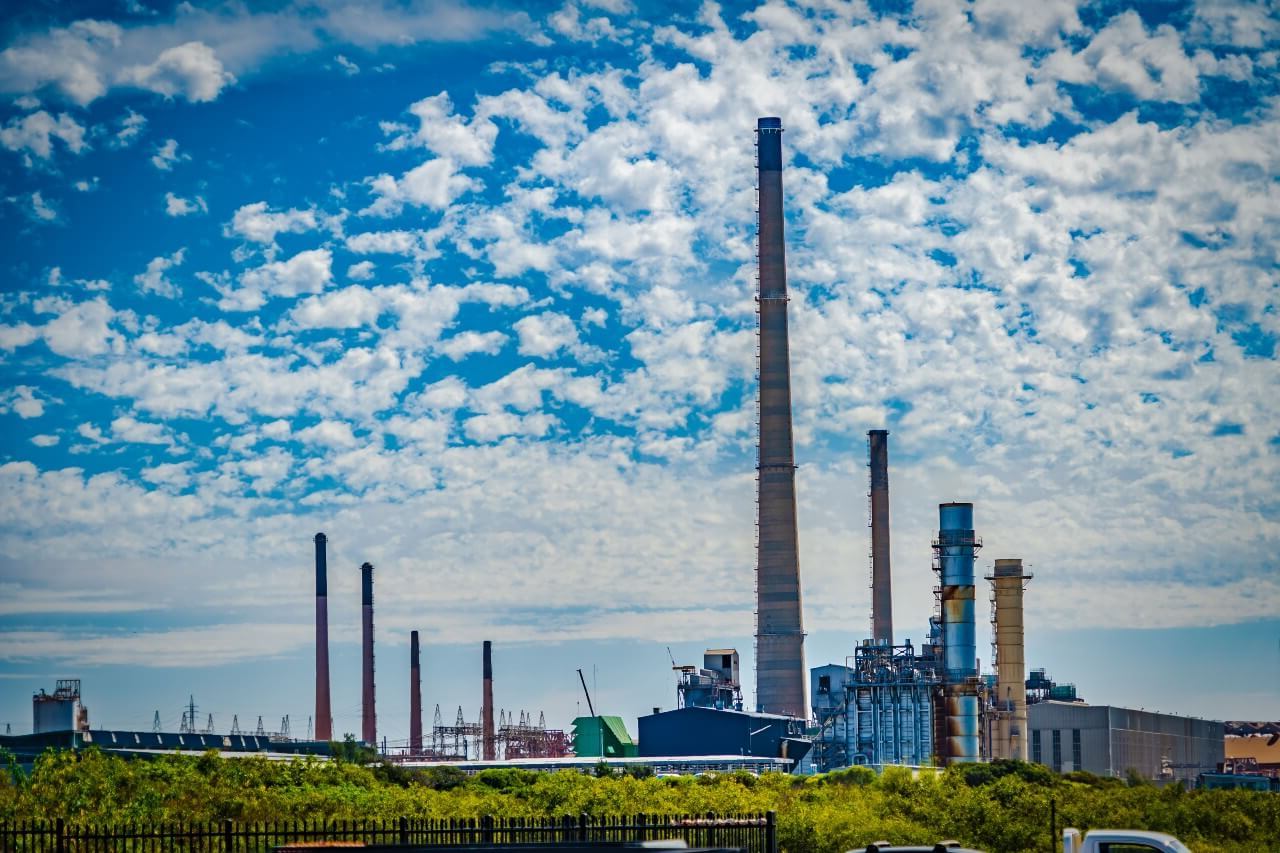
Industrial areas are fascinating hubs of activity and innovation. Ever wondered what makes these zones tick? Industrial areas are not just clusters of factories; they are the lifeblood of modern economies. From the bustling ports to the sprawling warehouses, these regions are where raw materials transform into everyday products. Did you know that some industrial zones are as large as small cities? Or that they often house cutting-edge technology? Industrial areas also play a crucial role in job creation, providing employment to millions. Ready to dive into some intriguing facts about these dynamic regions? Let's explore the hidden wonders of industrial areas!
Key Takeaways:
- Industrial areas are vital for creating jobs, boosting innovation, and contributing to the economy. They also impact the environment, but efforts are being made to make them more sustainable.
- Industrial areas face challenges like balancing growth with environmental protection, but new trends like smart technology and mixed-use spaces are emerging to address these issues.
Industrial Areas: The Backbone of Modern Economies
Industrial areas play a crucial role in the development and sustenance of modern economies. These zones are hubs of manufacturing, innovation, and employment. Let's dive into some fascinating facts about industrial areas.
-
Industrial areas are often strategically located near transportation hubs like ports, railways, and highways to facilitate easy movement of goods.
-
The first industrial area, known as an industrial district, emerged during the Industrial Revolution in the 18th century in Britain.
-
Industrial zones are typically zoned for heavy, medium, or light industries, depending on the type of manufacturing and the environmental impact.
-
Many industrial areas have their own power plants to ensure a steady supply of electricity for manufacturing processes.
-
Some industrial zones are designated as Special Economic Zones (SEZs) to attract foreign investment by offering tax incentives and relaxed regulations.
Environmental Impact and Sustainability
Industrial areas have a significant impact on the environment. However, efforts are being made to make these zones more sustainable.
-
Industrial activities contribute to air and water pollution, which can have adverse effects on local communities and ecosystems.
-
Many industrial areas are now adopting green technologies to reduce their carbon footprint and promote sustainability.
-
Waste management is a critical issue in industrial zones, with many areas implementing recycling and waste-to-energy programs.
-
Some industrial parks are designed as eco-industrial parks, where businesses collaborate to reduce waste and share resources efficiently.
-
Renewable energy sources like solar and wind power are increasingly being integrated into industrial areas to reduce reliance on fossil fuels.
Economic Significance
Industrial areas are vital for economic growth and development. They provide jobs, stimulate innovation, and contribute to GDP.
-
Industrial zones are major employment hubs, offering jobs in manufacturing, logistics, and administration.
-
These areas often attract ancillary businesses such as suppliers, service providers, and retail outlets, boosting the local economy.
-
Industrial areas are key drivers of technological innovation, with many companies investing in research and development.
-
The presence of industrial zones can lead to the development of infrastructure like roads, schools, and hospitals in surrounding areas.
-
Export-oriented industrial areas contribute significantly to a country's trade balance by producing goods for international markets.
Challenges and Future Trends
Despite their importance, industrial areas face several challenges. However, new trends are emerging to address these issues.
-
One of the biggest challenges is balancing industrial growth with environmental protection and community well-being.
-
Industrial areas often face issues related to traffic congestion and inadequate infrastructure, which can hinder productivity.
-
The rise of automation and robotics is transforming industrial zones, leading to increased efficiency but also concerns about job displacement.
-
Smart industrial areas, equipped with IoT and AI technologies, are emerging to optimize operations and improve sustainability.
-
There is a growing trend towards mixed-use industrial areas that combine manufacturing with residential and commercial spaces to create more vibrant communities.
Global Perspectives
Industrial areas vary greatly around the world, reflecting different economic, social, and environmental contexts.
-
In developing countries, industrial zones are often seen as engines of economic growth and modernization.
-
In contrast, developed countries are focusing on upgrading existing industrial areas to meet higher environmental and technological standards.
Industrial Areas: A World of Surprises
Industrial areas aren't just about factories and warehouses. They hold hidden gems and fascinating facts that often go unnoticed. From eco-friendly innovations to historical landmarks, these zones play a crucial role in shaping our world. They provide jobs, drive economies, and even contribute to sustainable practices.
Next time you pass by an industrial area, remember there's more than meets the eye. Whether it's the advanced technology used or the rich history behind it, there's always something intriguing. Industrial areas are dynamic, ever-evolving spaces that continue to impact our daily lives in unexpected ways.
So, keep your eyes open and appreciate the complexity and importance of these often-overlooked regions. They truly are a testament to human ingenuity and progress.
Frequently Asked Questions
Was this page helpful?
Our commitment to delivering trustworthy and engaging content is at the heart of what we do. Each fact on our site is contributed by real users like you, bringing a wealth of diverse insights and information. To ensure the highest standards of accuracy and reliability, our dedicated editors meticulously review each submission. This process guarantees that the facts we share are not only fascinating but also credible. Trust in our commitment to quality and authenticity as you explore and learn with us.
